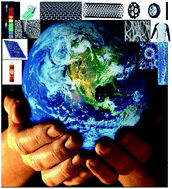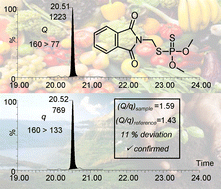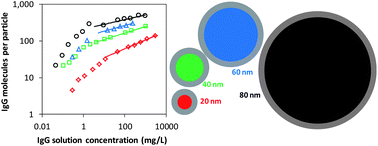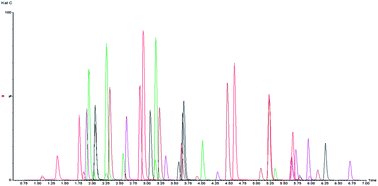
Lopez-Serrano et al., Anal. Methods, 2013
Nanoparticles are broadly defined as particles with at least one external dimension between 1-100 nm. Due to their small scale, the physico-chemical properties of nanoparticles often differ from those of their corresponding bulk material. These extraordinary properties have sparked a great deal of interest in nanoparticles for a wide range of applications, massively increasing their use in consumer products and ultimately their release into the environment. The chemical composition, structure, size, and shape of nanoparticles can significantly impact on environment and health. Analysis and characterisation of nanoparticles is therefore extremely important to understand their potential toxicity.
In their review, Carmen Cámara and colleagues at the University Complutense of Madrid, Spain, highlight the challenges faced by scientists and policy makers in assessing the safety and impact of nanoparticles due to the lack of standardised procedures. According to the authors, the properties that make these novel materials so appealing to industry may also be responsible for enhanced human and environmental toxicity.
The review covers a wide range of topics within nanotoxicology and it is of great interest to anyone looking for a detailed overview of the field. The section on nanoparticle analysis thoroughly describes the uses and pitfalls for the various analytical techniques available and discusses important topics such as nanoparticle extraction/enrichment and size fractionation.
To read the full article, please access the link below. This paper will be free to read until October 29th.
Nanoparticles: a global vision. Characterization, separation, and quantification methods. Potential environmental and health impact
Ana López-Serrano, Riansares Muñoz Olivas, Jon Sanz Landaluze and Carmen Cámara
Anal. Methods, 2013, Advance Article
DOI: 10.1039/C3AY40517F













